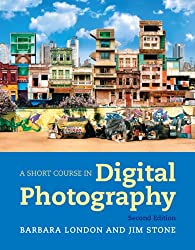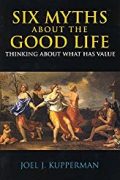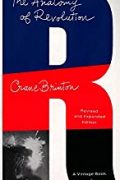
Rating: 8.3/10.
A good overview of the art and science of photography, suitable for a beginner. Each page is fully colored and has an abundance of photos to serve as exemplars of what good photography looks like.
Section 1 talks about basic camera controls including aperture and shutter speed. Both control exposure, but additionally, shutter speed also affects motion blur, and aperture also affects depth of field (how much of the background is blurred).
Section 2 talks about different types of lens (normal 50mm, wide angle, telephoto, etc). In addition to angle of view, longer lens have greater depth-of-field. Switching a longer lens is not exactly the same as moving closer, due to perspective effects.
Section 3 is about controlling color and exposure. Histograms are useful for measuring white balance and detecting over/underexposure. External exposure meters measure light and tell you what exposure settings to use, this is useful for high contrast images that the built-in meter handles poorly. Bracketing is a way of taking multiple photos with different exposures, and HDR combines them together automatically.
Section 4 gives an overview of the photographer’s digital workflow (importing, organizing, editing) which can be done in Lightroom. Also talks about file formats, color modes, bit depth, etc.
Section 5 covers digital photo editing, basic operations are levels and curves to adjust tones, selections and heal tool for retouching, more advanced operations like compositing are only available in Photoshop.
Section 6 is about printing your photos, and gives instructions on how to make a print and mount it for display on a wall or a gallery. Skimmed this section because I’m not interested in doing this.
Section 7 is a brief section on software for organizing photos, tagging metadata, and making backups.
Section 8 covers lighting: direct vs diffuse light, fill lights or reflectors to reduce shadows, camera setups for portraits. Flash is a quick burst of artificial light, and has special considerations since closer objects are illuminated much more than the background.
Section 9 is about composition, and out of all sections, this is the most artistic and least technical. There are many ways to use a different angle, lighting, arrangement of elements, etc, to convey a different message.
Finally, section 10 gives a history of photography. Early photos (1840s) were made using a complicated chemical process and had long exposures, Kodak made the process a lot easier in the 1880s. Onwards, people started using photography for portraits, travel, journalism, and art. Most recently, photography shifted from film to digital in the 2000s.



